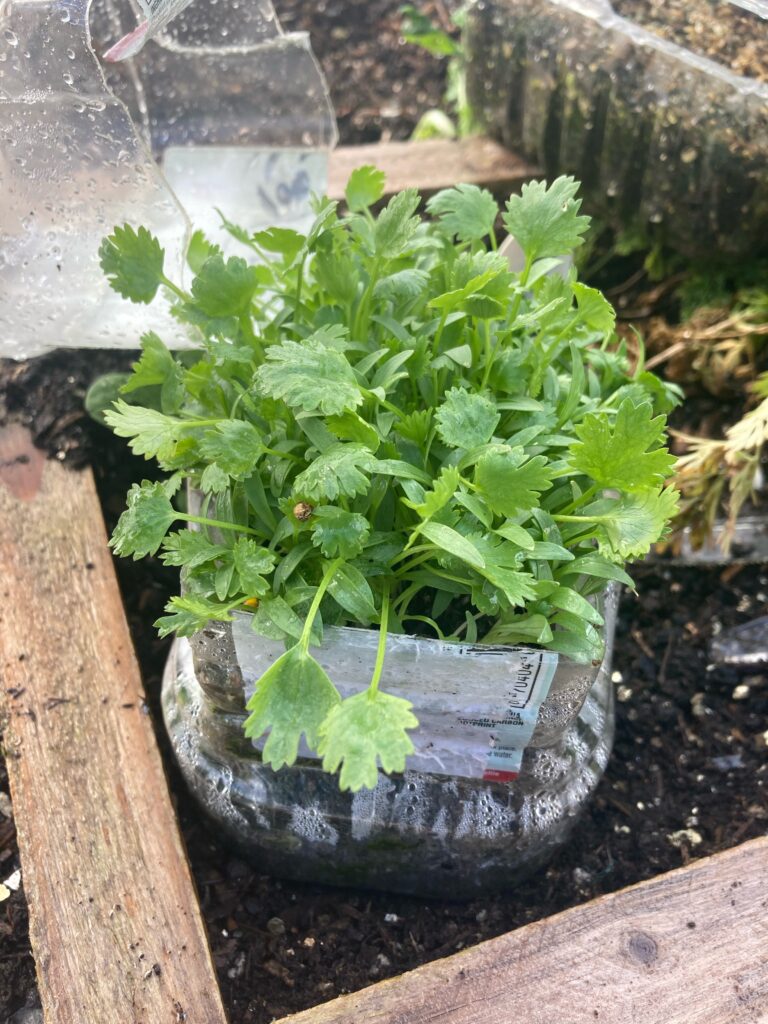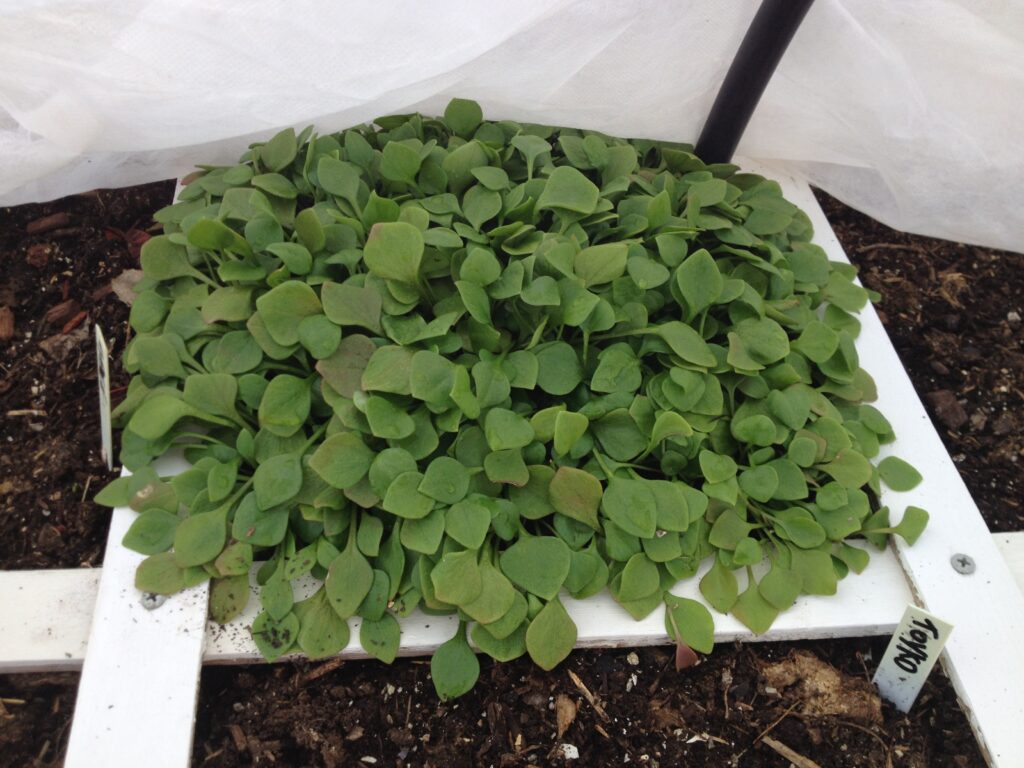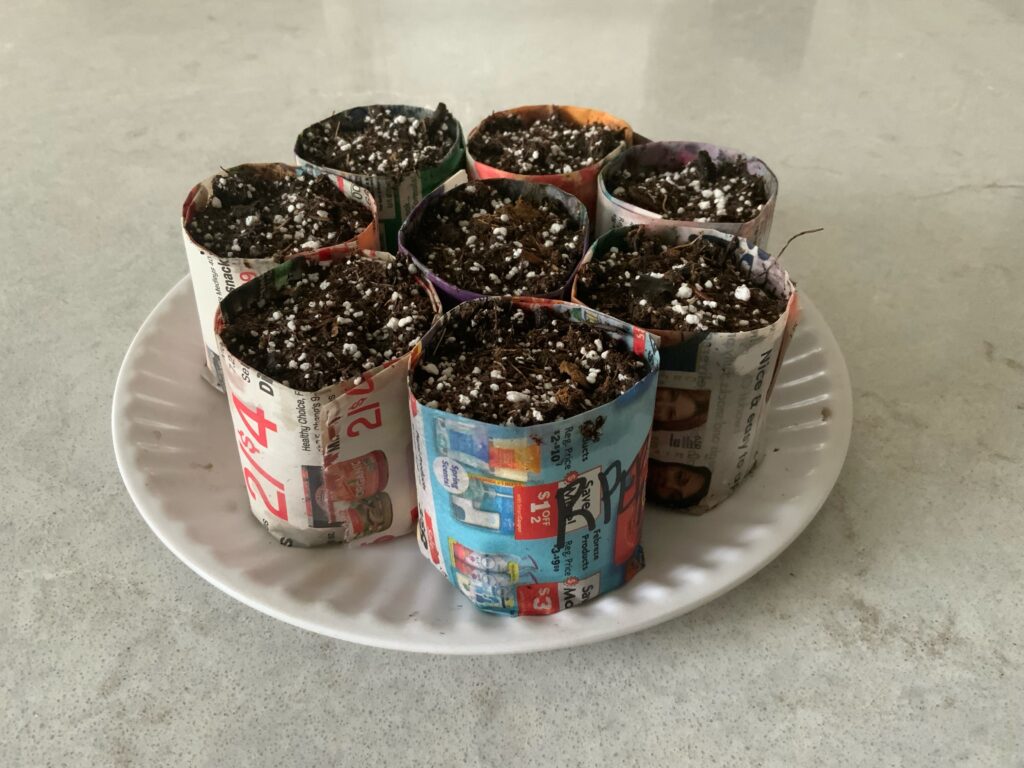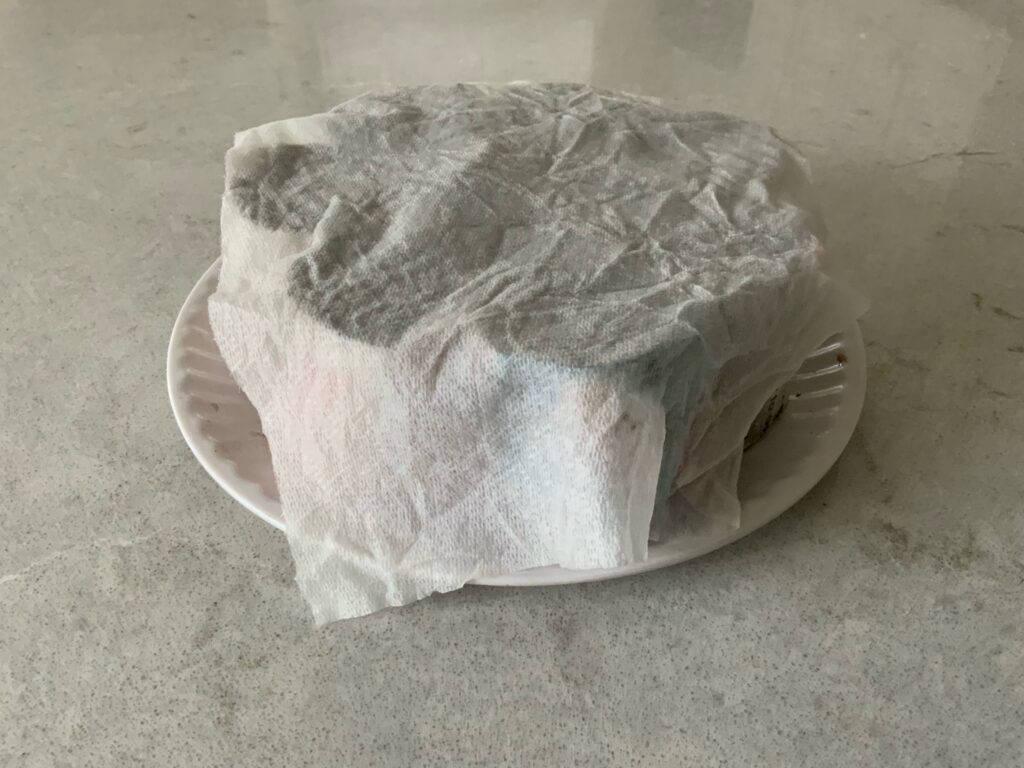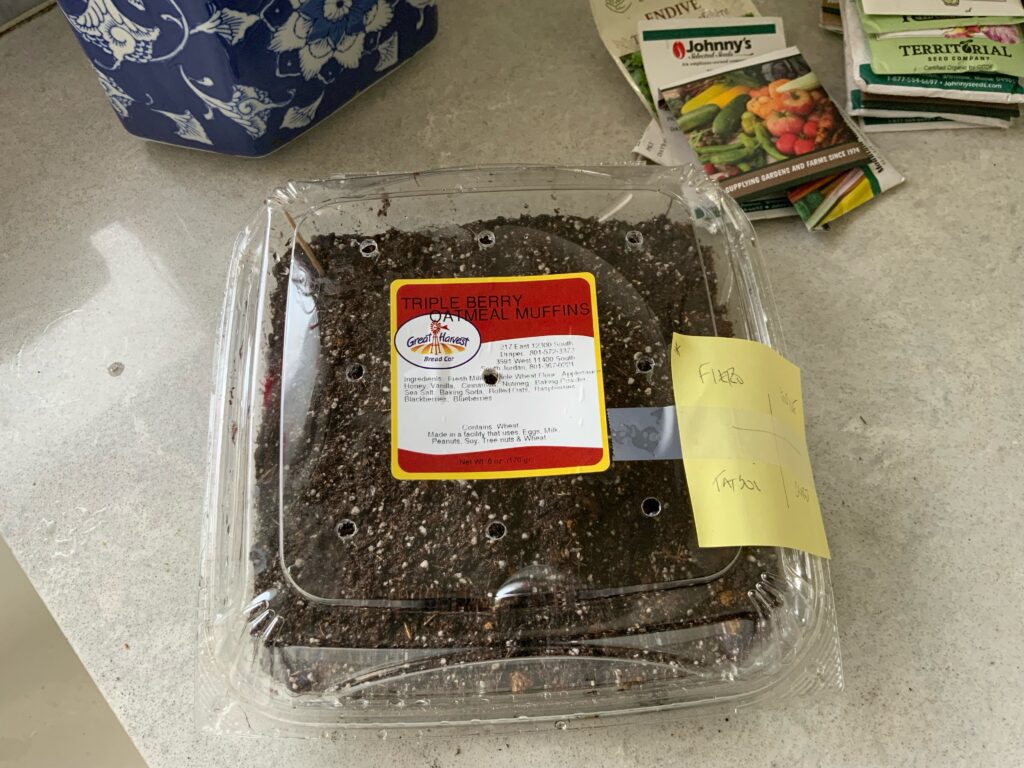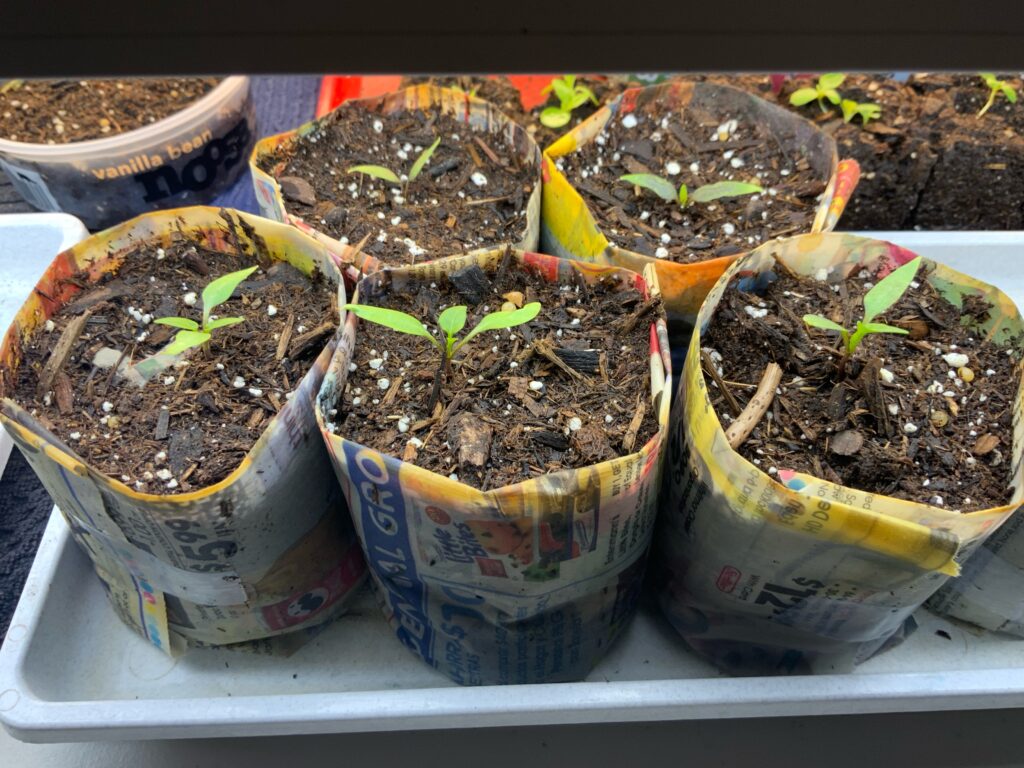 Peppers have always been good in my square foot gardens, but they just come on so late in the season. I began sprouting these on March 1st. Eight days later they were ready to be put into pot maker containers where they grew for 6 weeks. I probably should have only left them in there for 5 weeks. They’ve now been put in their final bigger pot maker container where they will grow for 3 more weeks before being ready to plant outside. Maybe 4 weeks depending on the weather. It’s been a very roller coaster spring here in northern Utah.
Peppers have always been good in my square foot gardens, but they just come on so late in the season. I began sprouting these on March 1st. Eight days later they were ready to be put into pot maker containers where they grew for 6 weeks. I probably should have only left them in there for 5 weeks. They’ve now been put in their final bigger pot maker container where they will grow for 3 more weeks before being ready to plant outside. Maybe 4 weeks depending on the weather. It’s been a very roller coaster spring here in northern Utah.
Peppers are slow growers. You can certainly buy them at the nurseries and skip all the work you’ve done inside for months. I do it because I can’t find this variety anywhere in the garden shops, and we love them. These lunchbox peppers start to really produce toward the end of summer. And when they do, it’s prolific. I first discovered these peppers at Costco many years ago where you can buy them pretty cheap. But, who knows how they’ve been cared for? Plus, they’ve been on a truck from a location that’s probably 1,000 miles away. We’d rather eat them fresh right out of the garden. Nothing matches the taste of home grown.

